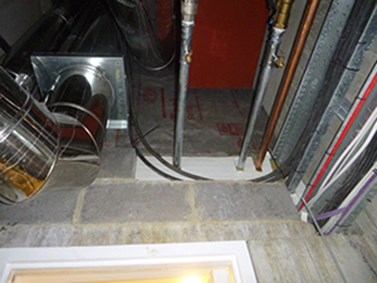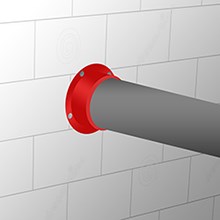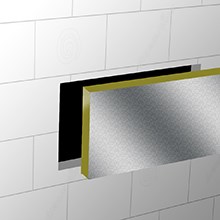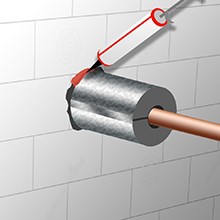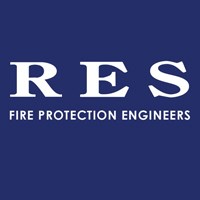Guest Article by RES Systems Ltd
Types of fire stops
Various types of fire stopping methods can be used including:
Why do fire stopping methods need to be used?
In order to keep the occupants of a building safe, it is important that a building has the correct fire stopping methods installed to prevent fire spread.
Fire stopping methods can ultimately save lives if implemented correctly. Every building layout is different, therefore different fire stopping systems will be required. A successful fire stopping system works when compatible fire stop products are working together to prevent fire from spreading. If one product fails, the rest of the system could fail.
Legal Obligations for Businesses
The Building Regulations 2010, Fire Safety, Approved Document B. Requirement B3 states:
“Where reasonably necessary to inhibit the spread of fire within the building, measures shall be taken, to an extent appropriate to the size and intended use of the building, comprising either or both of the following –
(a) sub-division of the building with fire-resisting construction;
(b) installation of suitable automatic fire suppression systems.
The building shall be designed and constructed so that the unseen spread of fire and smoke within concealed spaces in its structure and fabric is inhibited.”
Requirement 10.2 of the Building Regulations also states that fire stopping, or sealing, is applied to joints and openings between fire-separating elements. This refers to pipes, cables or conduits.
Passive Fire Protection Services from RES Systems Ltd
RES Fire Protection Engineers offer expert penetration sealing system services and advice as part of our Passive Fire Protection services to ensure that building gaps and voids are correctly sealed and fire resistant.
Passive fire protection is an integral component of the components of structural fire protection and fire safety in a building. Passive fire protection is designed to contain fires or slow the spread, such as by fire-resistant walls, floors, and doors. Passive fire protection requires no activation for it to have an effect.
Our Fire Stopping Services include:
- Fire Stopping Installation
- Fire Stopping Repairs & Maintenance
- Fire Stopping Guidance, Advice and Training
